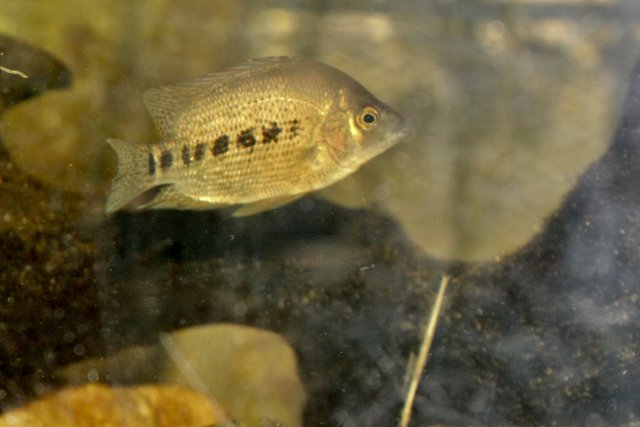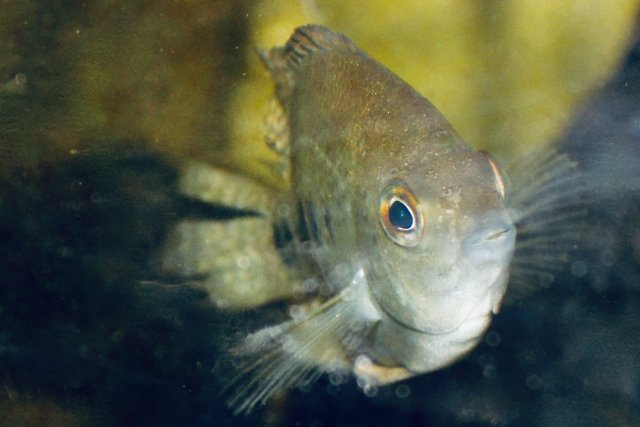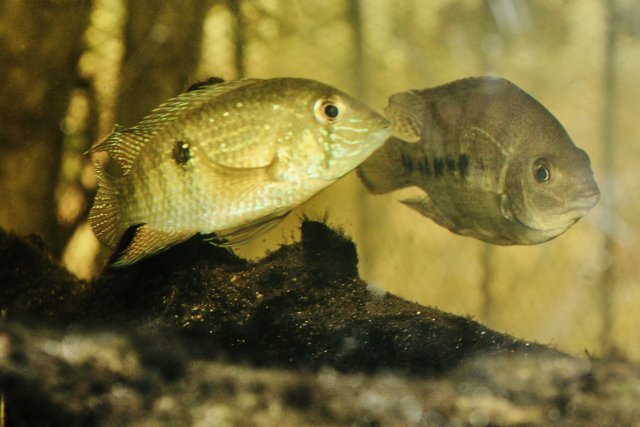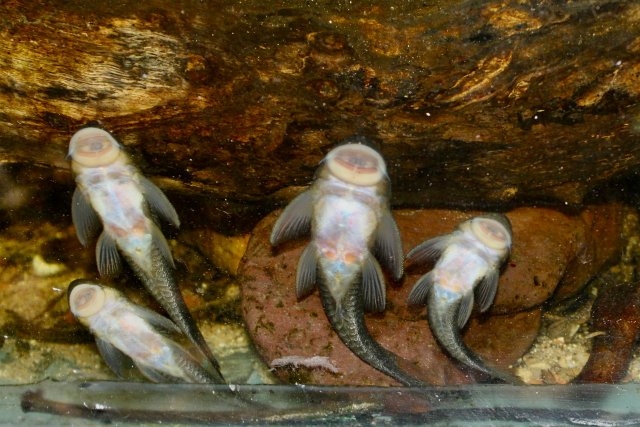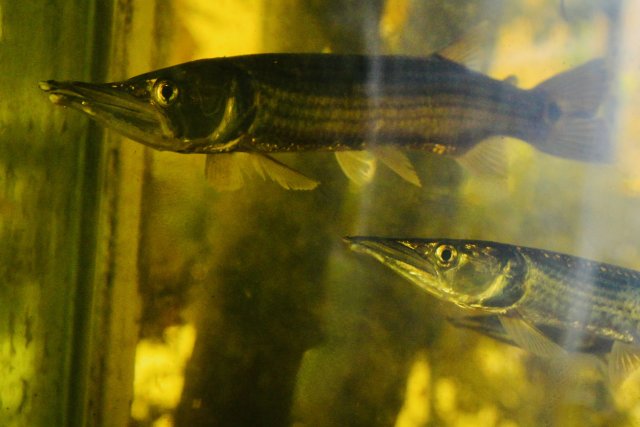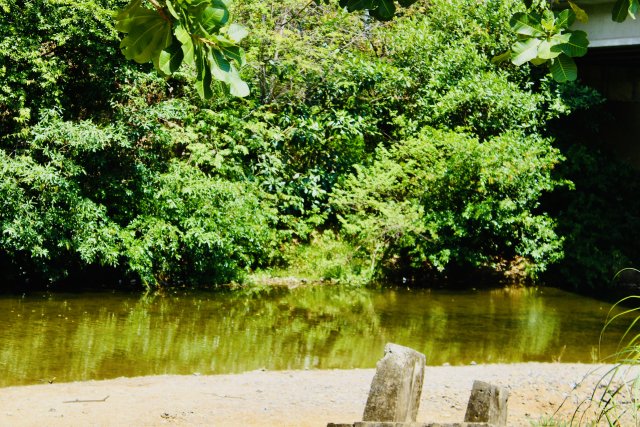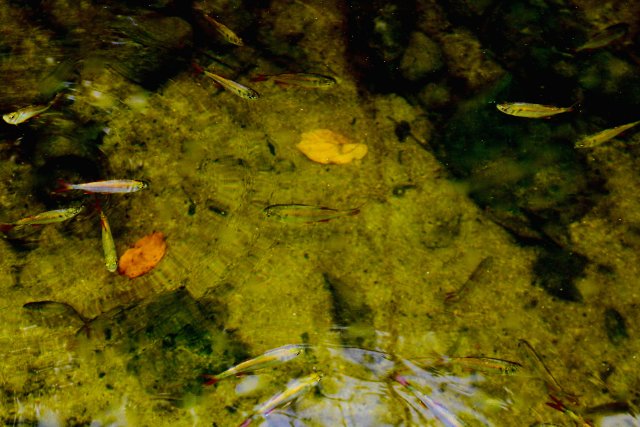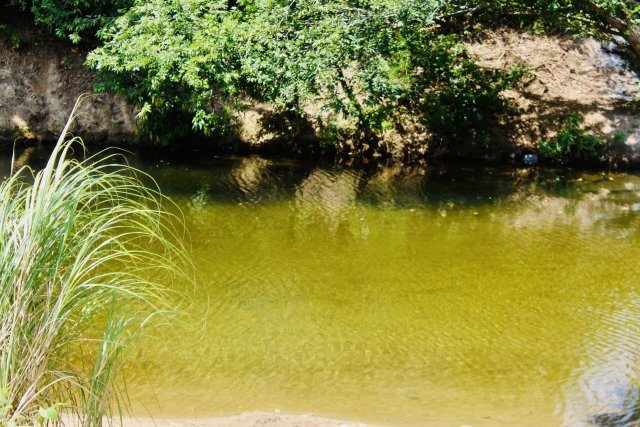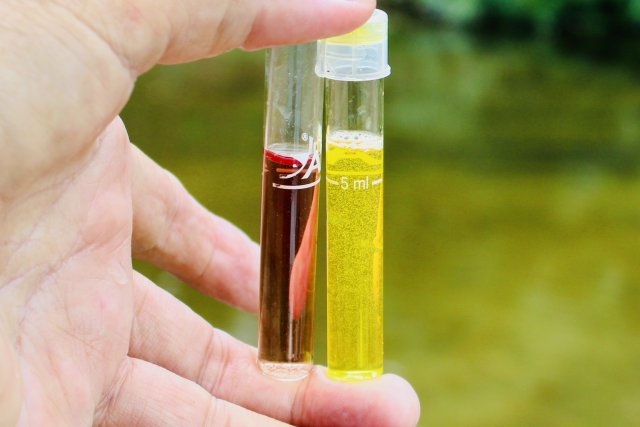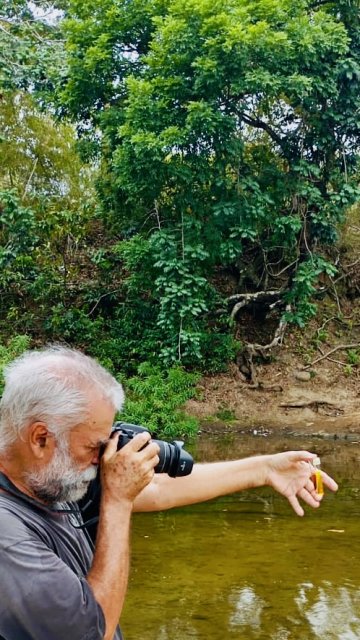We had planned to go to, and collect the Rio Indio yesterday (Saturday), but my guide, Daniel Atencio, had heard that, due to the extended dry season, the river was essentially waterless.
So I suggested we go back to the Rio Los Lotes again, the trip there 2 weeks ago had been so successful, we thought it might be worth a try.
This day went just as well.
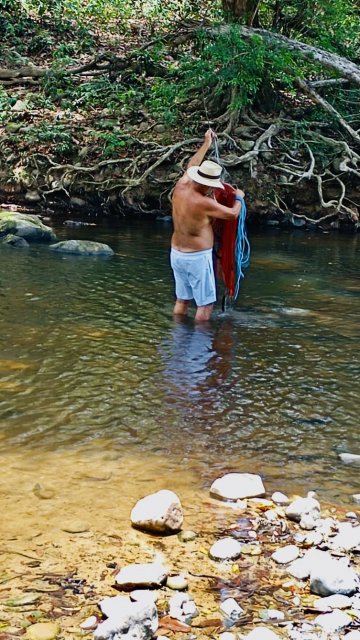
Although the river has receded at least 20ft from inside its normal banks, leaving large sections dry, plenty of fish could be seen.
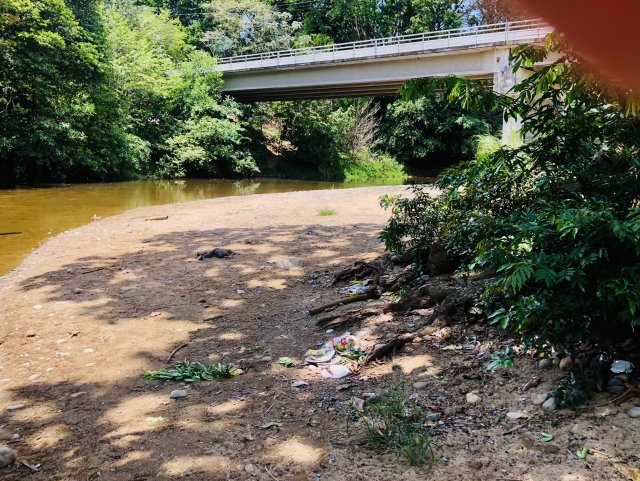
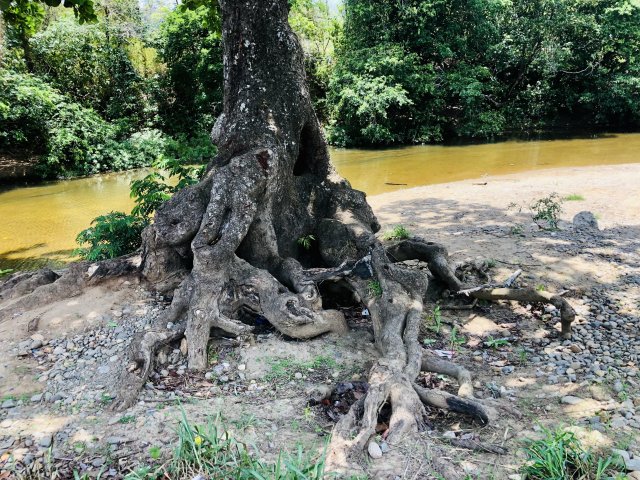
My target cichlid was Isthmoheros tuyerense, we had caught only 2 previously, so even though we did catch many Andinoacara, they were all released.
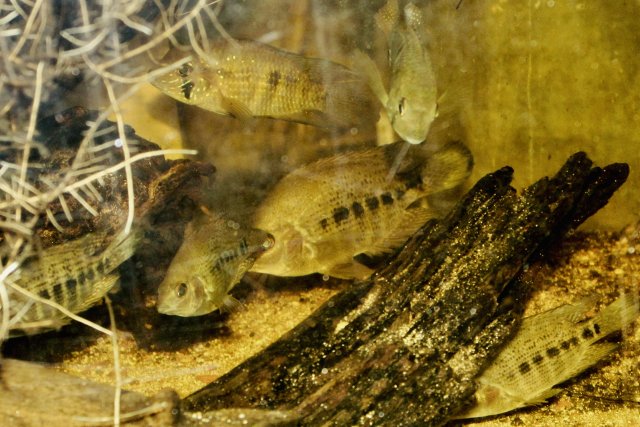
Beside the 4 newly caught Isthmoheros, we did kept 3 Ctenolucius beanii, half dozen rubber lip plecos, (Chaetostoma), and 2 Awaous gobies,
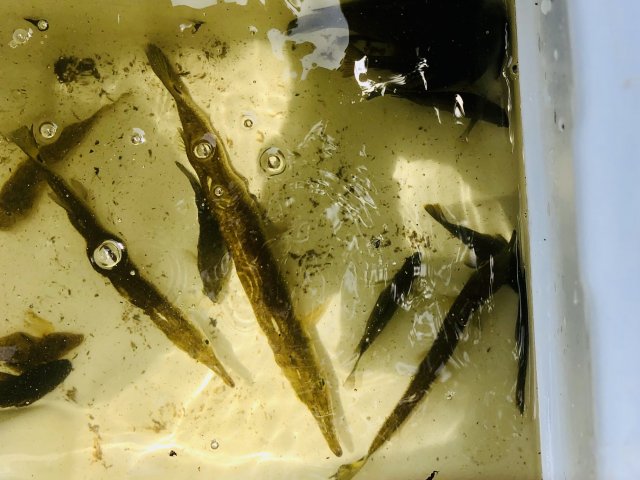
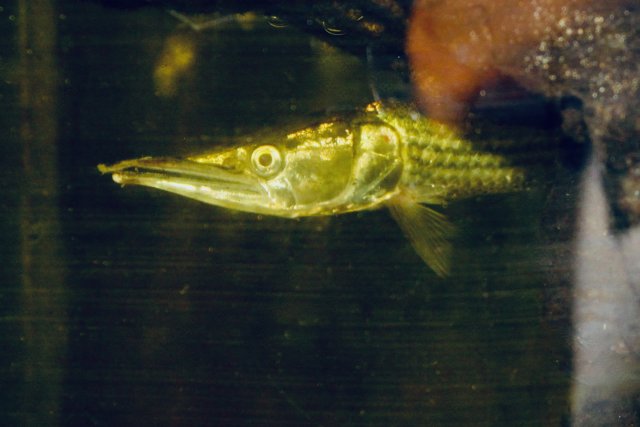
The plecos, were only caught in rocky areas, where the plethora of stones created a kind of riffle effect
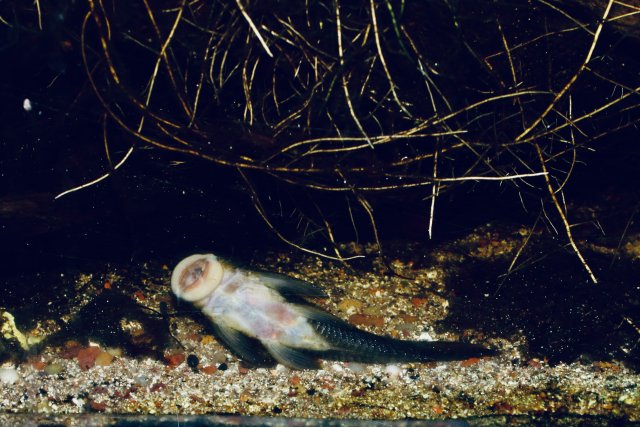
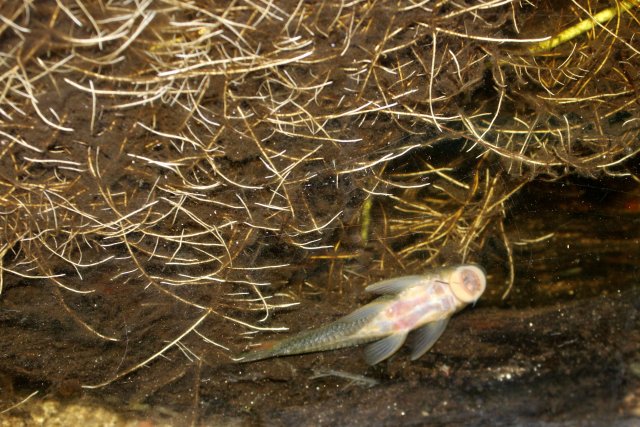
Saturday we netted and criss/crossed about a half mile of the Los Lotes, within that stretch, only 2 species of cichlids (genera Isthmoheros and Andinoacara), there were thousand of tetras in multiple species, 2 goby types, the 1 species of Pleco, and the 1 species of gar/Characin.
So I suggested we go back to the Rio Los Lotes again, the trip there 2 weeks ago had been so successful, we thought it might be worth a try.
This day went just as well.

Although the river has receded at least 20ft from inside its normal banks, leaving large sections dry, plenty of fish could be seen.


My target cichlid was Isthmoheros tuyerense, we had caught only 2 previously, so even though we did catch many Andinoacara, they were all released.

Beside the 4 newly caught Isthmoheros, we did kept 3 Ctenolucius beanii, half dozen rubber lip plecos, (Chaetostoma), and 2 Awaous gobies,


The plecos, were only caught in rocky areas, where the plethora of stones created a kind of riffle effect


Saturday we netted and criss/crossed about a half mile of the Los Lotes, within that stretch, only 2 species of cichlids (genera Isthmoheros and Andinoacara), there were thousand of tetras in multiple species, 2 goby types, the 1 species of Pleco, and the 1 species of gar/Characin.
Last edited:





